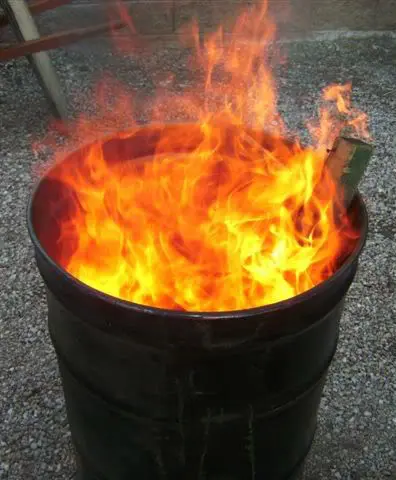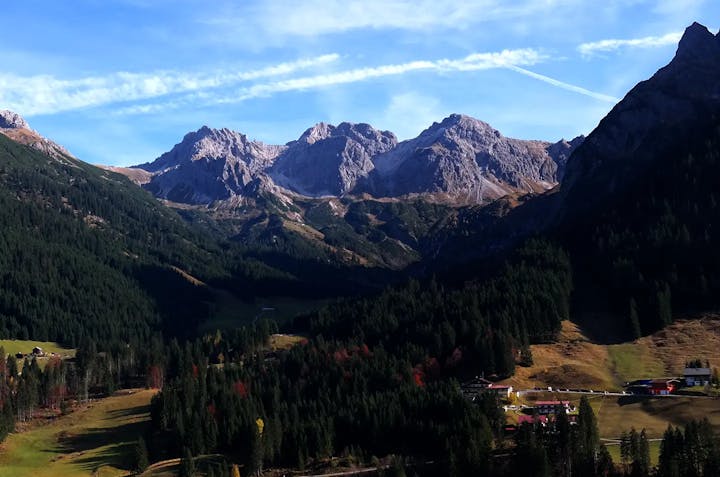Open Burning
Open Outdoor Burning
The Air District regulates open burning through a combination of the California Health & Safety Code, Section 41800 et seq, Title 17 of the California Code of Regulations, Regulation III of the Northern Sierra Air Quality Management District and various local ordinances.
The District encourages people to find alternatives to open burning for vegetation disposal. Visit our Alternatives to Open Burning page for some clean air alternatives to open burning.
NEVER BURN GARBAGE. Materials such as plastic, plywood, painted or treated wood, Styrofoam, cardboard, etc. are illegal to burn.
ALWAYS CALL BEFORE LIGHTING. Be sure to call the District's Burn Recorder number (530) 274-7928 to make sure it is a legal burn day in the District.
Residential open burning strictly consists of burning conducted at a single or two family residence for routine residential maintenance.
If an organization or business is involved in the burning in any way, then the burning is considered non-residential (see "Prescribed Fire and Project Burns" section below).
For residential burning, the District typically waves the Air Pollution Permit requirement for burn projects that are less than 1 acre in size.
Application information:
- If applying for an Air Pollution Permit, please see our Forms page.
Additional Burning Information
- Please see the Open Burning FAQ
Please don’t hesitate to call the Air District if you have any questions about this process.
All burning that is not “Residential” requires an Air Pollution Permit from the Air District. The types of burns that require a permit consist of:
Forest Management- includes, but is not limited to, timber harvest slash burning and prescribed fire.
- includes, but is not limited to, any burning done on any property being developed for commercial or residential use.
- includes, but is not limited to, burning of crop residue, prunings or brush in preparation of crop planting.
- includes, but is not limited to, any burning done to improve graze of management of a livestock operation.
- includes, but is not limited to, fires used by a public agency or utility to maintain levees, ditches, reservoirs, roadways and the like.
- includes, but is not limited to, burning of vegetation in compliance with State or local law or ordinance to reduce a fire hazard.
If there are any questions about whether or not your project requires a permit, please don’t hesitate to call the Air District.
Air Pollution Permit
If applying for an Air Pollution Permit, please see our Forms page.

Burn Barrels and Paper-Burning Banned
The use of burn barrels and the burning of paper for disposal are PROHIBITED throughout all of Plumas, Sierra and Nevada County by the statewide Outdoor Residential Waste Burning Airborne Toxic Control Measure.
See https://ww3.arb.ca.gov/smp/resburn/resburn.htm for additional information.

